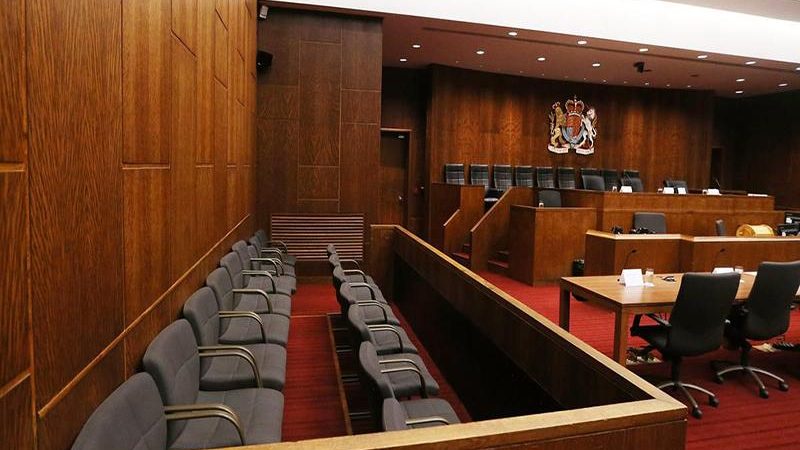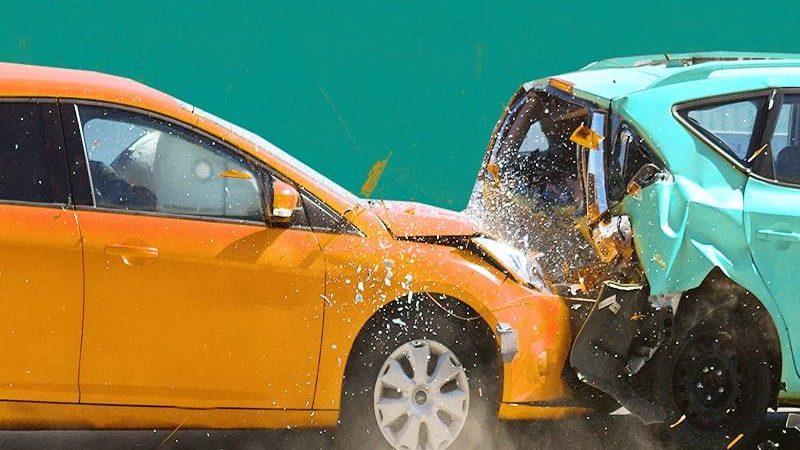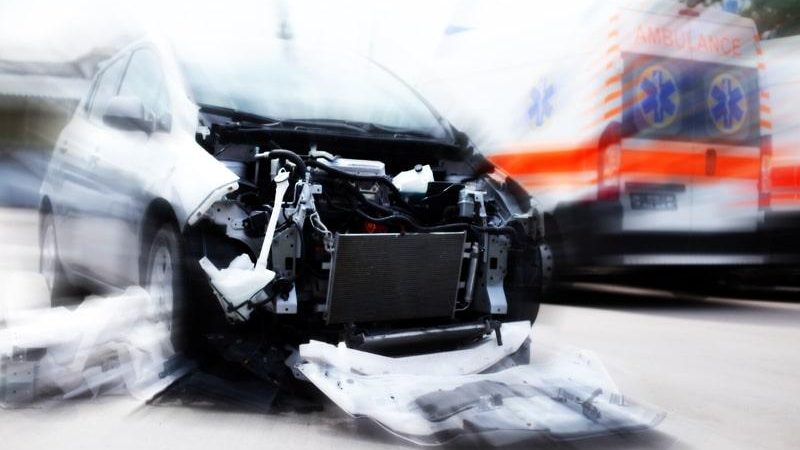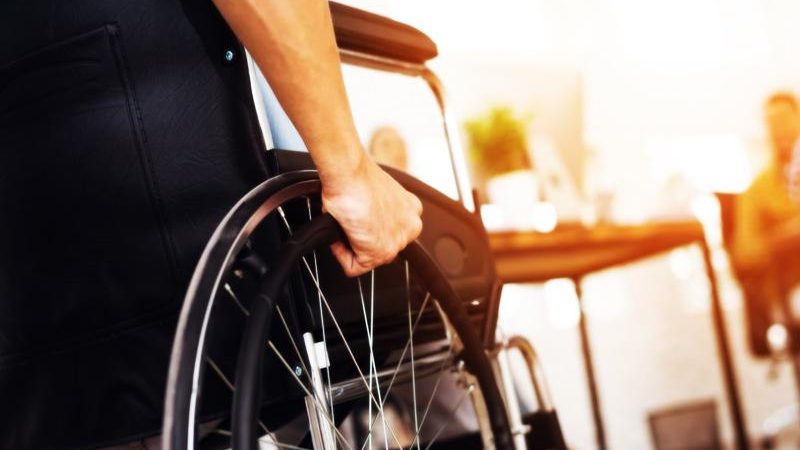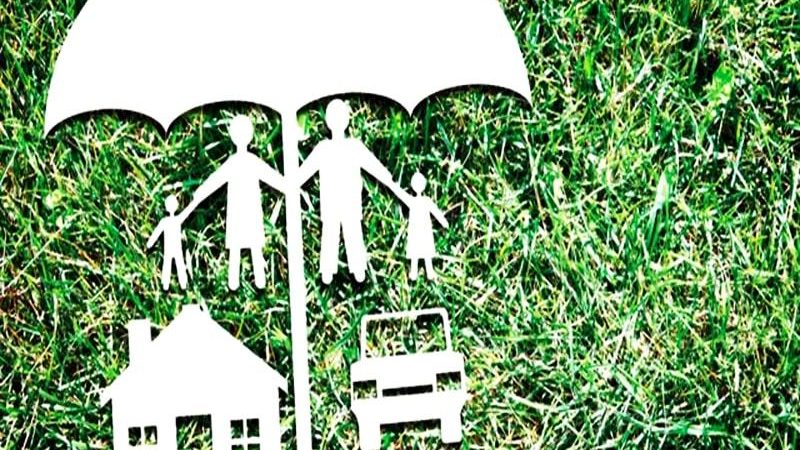Challenging a MIG Determination
Discover Limits to the Tribunal’s Jurisdiction or Ability to Hear This Issue A recent case, Bobak v. Travelers Insurance[1], explored whether the License Appeal Tribunal (“Tribunal”) has jurisdiction over a matter in which the above issue is the only issue in dispute. Mr. B was injured in a MVA on September 16, 2017. He sought statutory accident benefits from Travelers Insurance. Travelers denied his claims. He challenged this denial to the License Appeal Tribunal (Tribunal). The issue in the proceeding is whether Mr. B’s injuries fall within the definition of the Minor Injury Guideline (MIG). However, the insurance company brought…
Read More
